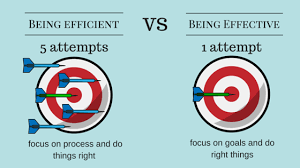12 Steps to Time Management
1. Set goals. Make a list of specific attainable goals, both personal and professional, and set deadlines for reaching them. Review goals monthly
2. Make lists. Create a daily to-do list for your work style. Create a system to identify urgent, important, and “if there’s time” priorities items on the list. Start with urgent items.
3. Be realistic. For an eight hour day, plan for six hours of accomplishments.
4. Get organized. Get a daybook, buy one or make one with a calendar and notepad, for the central headquarters for your schedules and lists.
5. Include “Me” time. Write yourself in for appointments and keep them. Block out time for reflection and other activities to recharge: sports, reading, hobbies, etc.
6. A place for everything. Put something where it belongs and it’s always there. If you don’t know where it belongs, decide right away.
7. Delegate. Decide what others are able and willing to do, and ask for help if you need it.
8. Learn how to say no sometimes. Promise yourself to decline demands upon your time. Practice this if it is difficult for you. Set a limit of how many “got-a-minute?” requests you will entertain each day.
9. Cluster. Arrange similar tasks to do at once, or those that need to be done in the same place and go there once.
10. Effective rather than efficient. Effectiveness is the right thing at the right time, not the wrong thing quickly.
11. Some call it “chunking,” taking one big goal and downsizing it into smaller doses. Keep your to-do list detailed so daily activities add up to the larger goal over time.
12. Fewer meaningful experiences in a day are more valuable than a slew of blurred memories.





